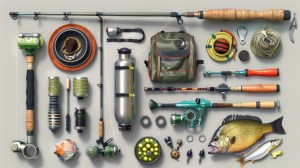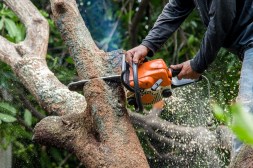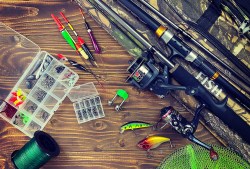Fishing Small Streams: Tips from Experts for Reaping Great Rewards
Fishing small streams can be an incredibly rewarding experience, both in terms of the fish you catch and the serene environment you immerse yourself in. Many anglers overlook these lesser-known spots, but with the right techniques and knowledge, you can discover a world of fishing opportunities that await in these winding waters. In this article, we’ll share expert tips to help you reap great rewards from your small stream fishing adventures.
Understanding Small Stream Ecosystems
Small streams often host a diverse range of fish species, including trout, bass, and panfish. To be successful, it’s essential to understand the unique ecosystems at play. These waters typically have varying depths and cover—such as overhanging trees and submerged rocks—that provide shelter for fish. Familiarizing yourself with the local aquatic life will significantly enhance your fishing strategy.

Choosing the Right Gear
When fishing small streams, lighter gear is usually advantageous. A lightweight rod between 6 to 7 feet allows for better maneuverability while navigating tight spaces. Pair it with a reel that has a smooth drag system to handle quick runs from feisty fish. Opt for lines between 4-8 lb test for finesse while ensuring you’re equipped with appropriate hooks and lures such as spinners or minnows that mimic local bait.
Best Times to Fish Small Streams
Timing plays a crucial role in stream fishing success. Early morning or late evening are often prime times when fish are most active feeding near the surface. Additionally, consider seasonal changes; spring brings spawning activity while autumn sees increased feeding before winter sets in. Observing weather conditions can also reveal ideal days for fishing; overcast skies can prompt fish to venture out more freely.
Techniques for Success
Effective techniques vary depending on water flow and structure but generally include casting upstream and allowing your bait or lure to drift naturally downstream—this mimics natural food movement in water bodies. When approaching pools or riffles quietly is key; avoid splashing so as not to scare away potential catches hiding nearby rocks or under vegetation.
Conservation Practices
As stewards of our natural resources, practicing catch-and-release methods helps maintain healthy fish populations in small streams where overfishing could easily upset the balance of their ecosystems. Always handle fish carefully—wet your hands before touching them—to minimize stress on their bodies after being caught.
In conclusion, fishing small streams offers incredible potential rewards if approached thoughtfully with respect for nature’s intricacies involved within these ecosystems. By understanding their dynamics and employing suitable tactics outlined above—you’ll find that even modest-sized waters can yield remarkable experiences on your next angling adventure.
This text was generated using a large language model, and select text has been reviewed and moderated for purposes such as readability.











